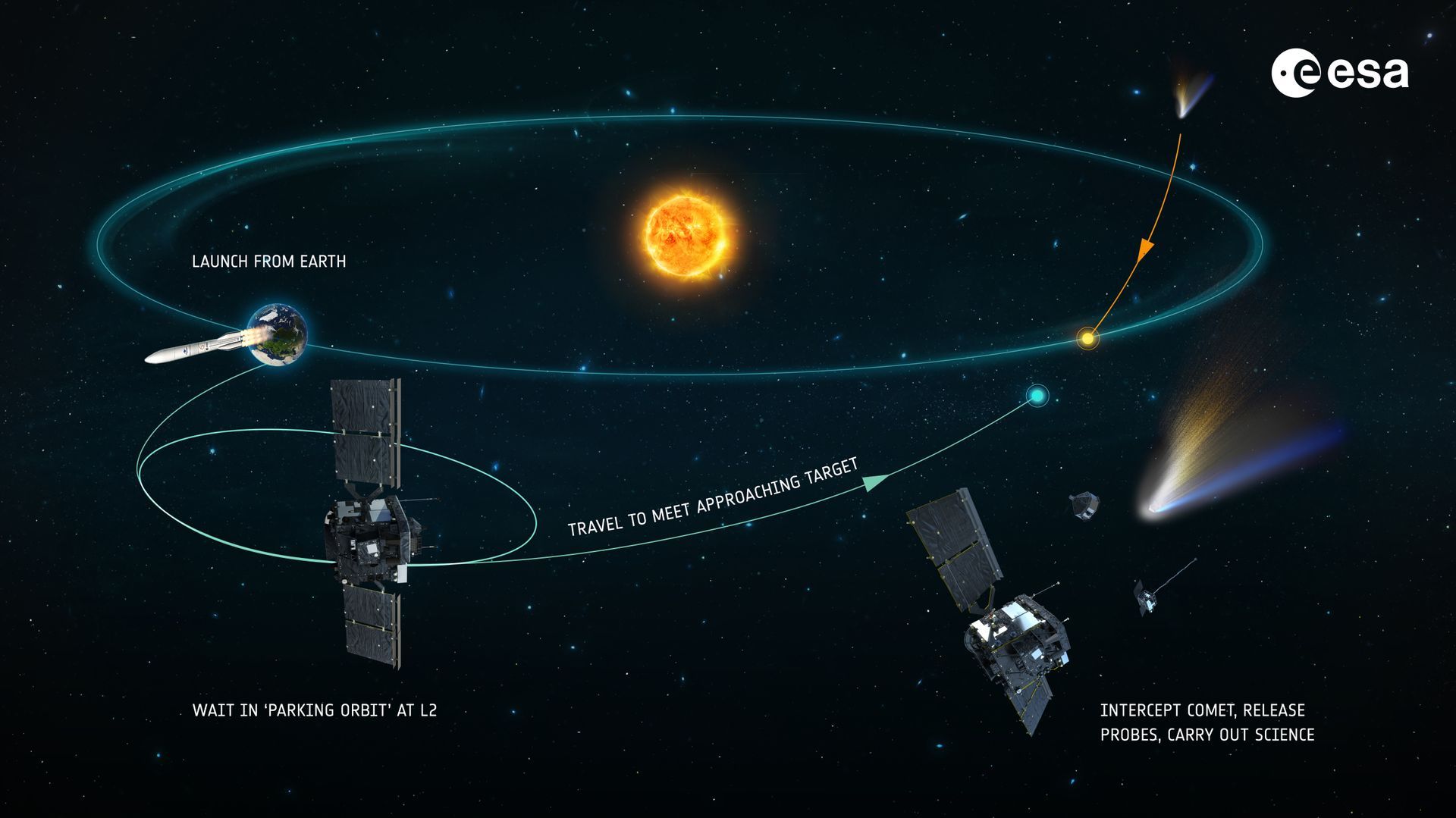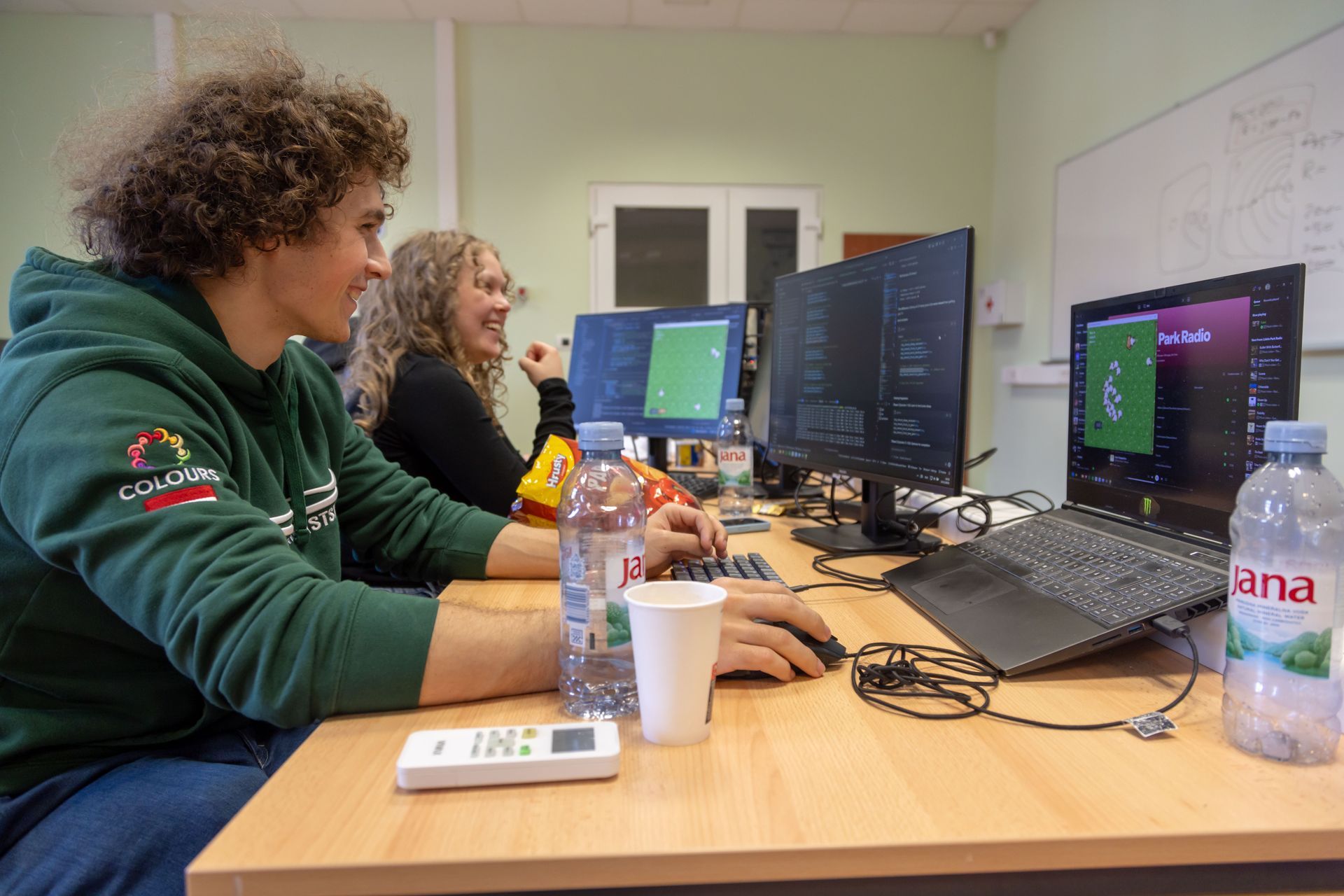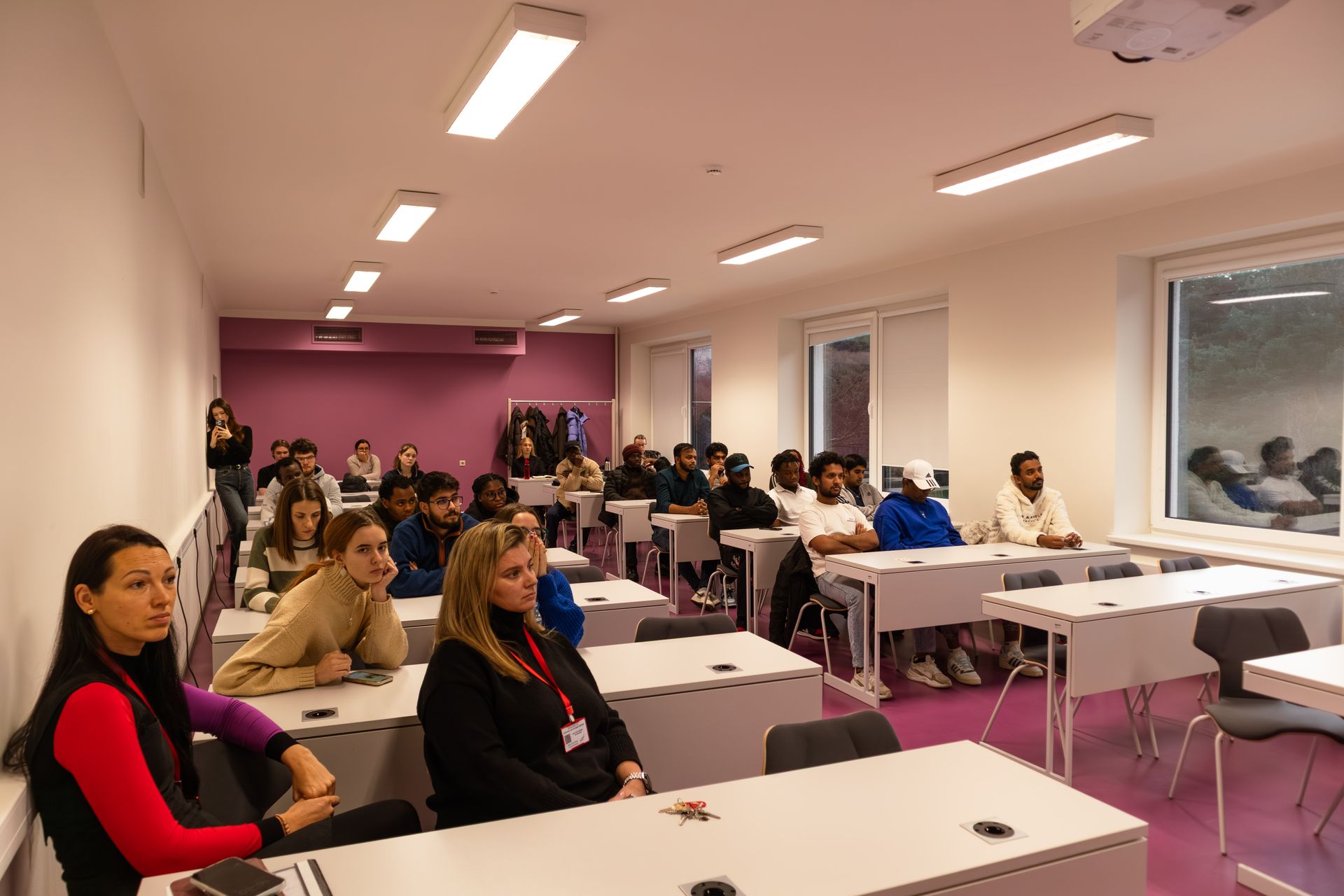European Space Agency Mission “Comet Interceptor” Applies Comet Models Developed in Latvia
Through collaboration between Latvian technology company Nanocraft SIA, Ventspils University of Applied Sciences, and the Tartu Observatory, the photo-realistic modelling project “CI3D” has been successfully delivered to the European Space Agency (ESA). The project activities have produced computer-generated images used for testing the cameras of ESA’s “Comet Interceptor” mission. Since the mission, scheduled for the early 2030s, will approach a still-unknown target comet—its trajectory from the Oort cloud towards the Sun currently too distant to observe with telescopes—photo-realistic images are needed to validate the mission’s cameras.

Synthetic images of a comet nucleus and atmosphere created as part of the “CI3D” project. Source: Ventspils University of Applied Sciences / Gints Jasmonts and Nanocraft SIA / Mario F. Palos.
Just like in the production of the film Straume, the “CI3D” team uses the photorealistic 3D modelling tool Blender. Both internationally recognized projects share a common theme—the teams are capable of producing virtual worlds that expand our imagination. All space missions developed so far have been aimed at specific known targets—objects or phenomena in the Universe. Following the impressive achievements of Rosetta, ESA has taken on an entirely new space technology challenge—developing a mission involving multiple probes that will approach a target comet that may still be unknown even at the time of spacecraft launch. Thus, the “Comet Interceptor” mission demonstrates Europe’s leadership in cometary research.

“Comet Interceptor” mission operations plan. Source: European Space Agency.
New challenges make science and technology projects exciting. The Latvian–Estonian team has carved out a special niche since the late 2010s, when under the leadership of Professor Mihkel Pajusalu at the Tartu Observatory, Dr. Andris Slavinskis and colleagues began mastering the Blender tool. After a decade spent in Sweden, Switzerland, Estonia, the USA, and Finland, Slavinskis returned to Latvia with the idea to found a company focused specifically on space scene modelling. To tackle complex problems in comet atmosphere modelling, Slavinskis turned to scientists at his alma mater — Ventspils University of Applied Sciences—Professor Andris Vaivads and researcher Karina Šķirmante.

“Comet Interceptor” mission fly-by plan. Source: Jones et al. 2024.
Successful space camera development requires comprehensive knowledge of the physical parameters that characterize the mission target. In the “Comet Interceptor” mission, we must model a range of physical parameters to represent various possible comet sizes, shapes, activity levels, as well as fly-by speed and geometry (the probe’s orientation relative to the comet and the direction of incoming sunlight). Additionally, as part of the delivered project, the “CI3D” team worked with three cameras—“OPIC”, “MIRMIS NIR”, and “EnVisS”—which are being developed in Estonia, Finland, and Italy, respectively. The “Comet Interceptor” mission comprises three probes: the main spacecraft “A”, which carries the “MIRMIS NIR” camera; probe “B2”, which carries “OPIC” and “EnVisS”; and probe “B1”. The Blender modelling tool allows virtual programming of physical and fly-by parameters.
With the successful delivery of the project, the “CI3D” team is preparing for future activities. During the project extension, the comet atmosphere model will be enhanced with a tail and jets, and background stars will be added to assist in determining the orientation of probe “B2”. The extension also includes plans to interview the remaining five “Comet Interceptor” camera teams whose instruments are installed on all three probes. Probe “B1” is being developed by the Japan Aerospace Exploration Agency, offering the Latvian computer science team an opportunity to expand cooperation beyond Europe.
Contact: Andris Slavinskis, andris.slavinskis@nanocraft.space

Share on other platforms
Other news







